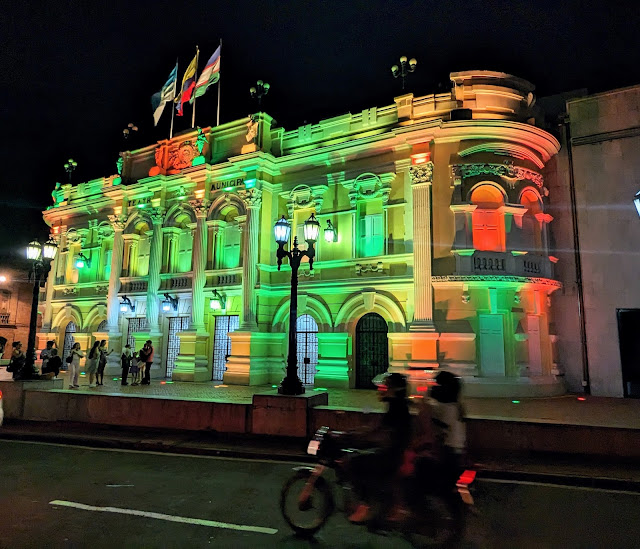Kratom — An upper, downer, or effective rehabilitation tool?
For those that don’t make it through all this information, if actually is somewhat all of these things. The most interesting thing about kratom is that it’s currently becoming popular again for a different reason. Energizing those with long covid effects.
Kratom, the nickname used for the Mitragyna speciosa herb, has been around for ages. It is a cousin of the coffee family and is cultivated in Southeast Asia. Workers chew on its leaves for energy, similar to how natives of the Andes chew coca leaves.
In its popular current form, people across the world stir a powder into a hot tea form, usually just chugging it and chasing it with juice. The effects are usually felt almost immediately.
Which strain and how much you take varies greatly in the results you get. Low to medium doses of the white strain give you a stimulant effect, boosting energy, pleasure, and productivity. Medium to high doses of the green strain give an opioid effect, which can help with sleep and anxiety. This is the reason it has been used in opioid addiction trials and studies.
Most of the studies done seem to be low funded and quickly done. Liver toxicity is a potential danger when taking the substance, especially in the group of people using it as a “hangover cure”.
The problem with kratom is that itself can be addictive in those prone to drug dependency. Weighing out the pros vs cons is highly important for those that choose to do kratom daily. Heavy users have reported having withdrawals, which include days of gloom, sleepiness, and cravings.
Legality of the substance is also in question in many places. While it is easy to buy online, certain U.S. states and cities have banned it, claiming it is a full on illegal narcotic.
Kratom may just be caffeine on steroids when using the white vein strain, but it has definitely caused a lot of lawmakers to look into its regulation over the last several years.
Kratom bars have popped up and sometimes been shut down in random places from New York City to Tulum, Mexico. They typically boil it and then flavor it to an extent. A bar in Dallas, Texas opened up within the last few years selling it in drinks and labeling the business as “a sober bar”.
Buying wholesale will run someone $80 to $150 per kilo, depending on the strain. Several vendors buy in bulk from Southeast Asia and resell in the USA by mail. Although many people may be accustomed to seeing Kratom advertised at shady corner stores and headshops at inflated prices.
A class action lawsuit was recently filed in California for a company not warning of potential addictive properties. San Diego as a city has flat out banned it.
With less than one percent of the U.S. allegedly ever trying it, it’s likely to just be cannon fodder on the war on drugs. Lawsuits, headshop raids, and seizures. Its own history and use in Southeast Asia will live on, but its future in the U.S. is in limbo.
ORDER HIGH QUALITY KRATOM and enter SAVE at checkout to save 10%


Comments
Post a Comment